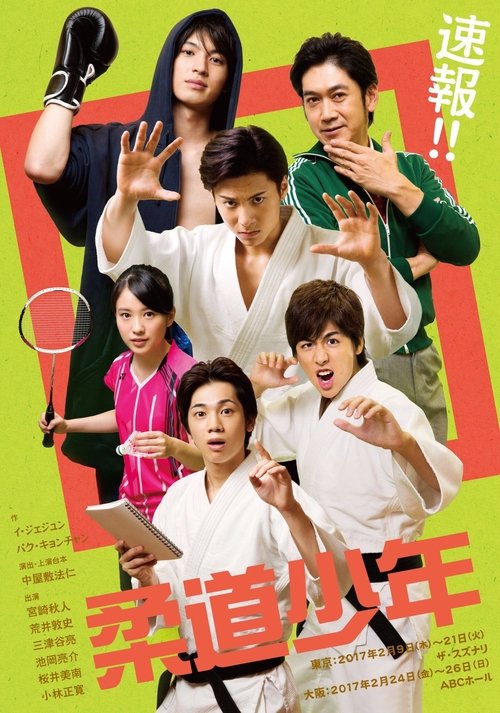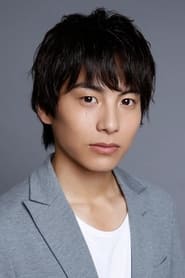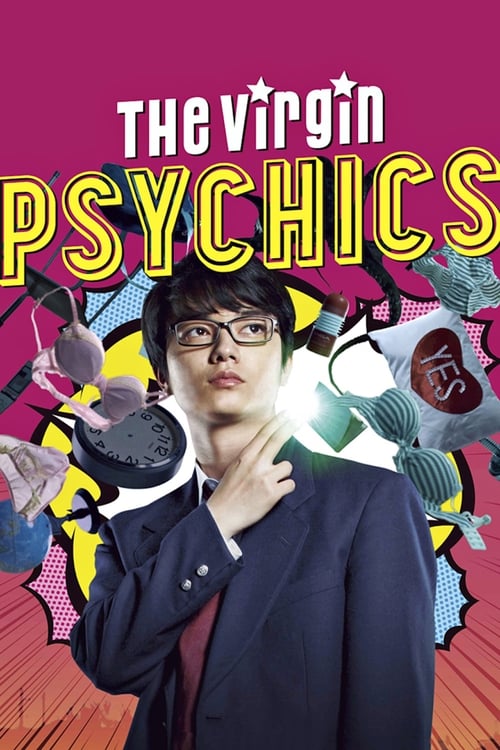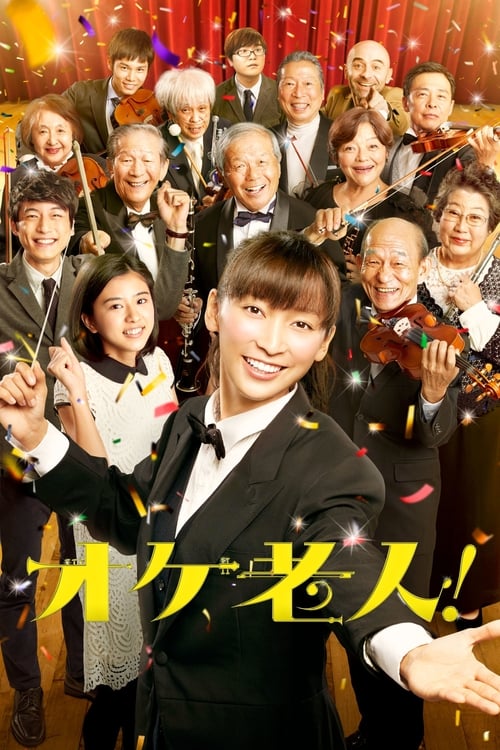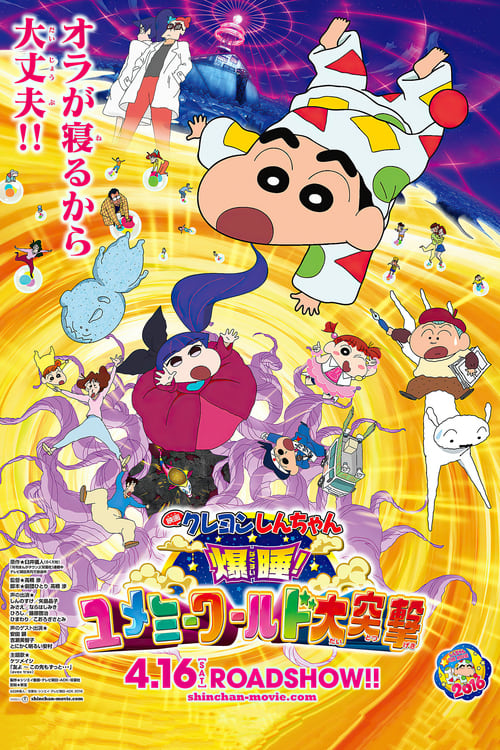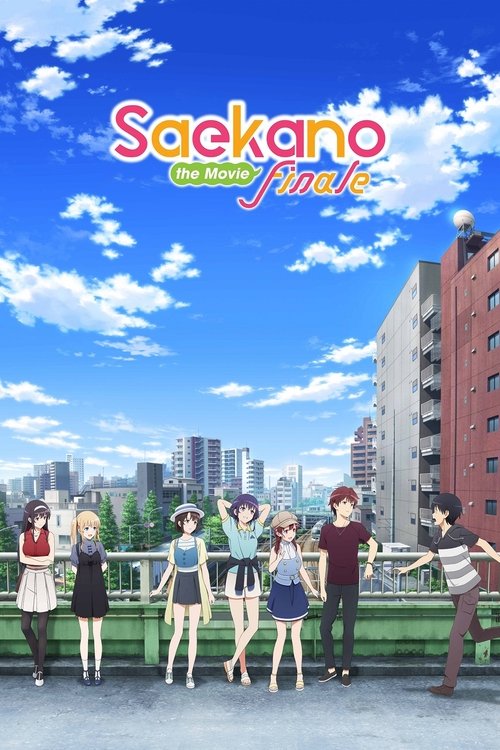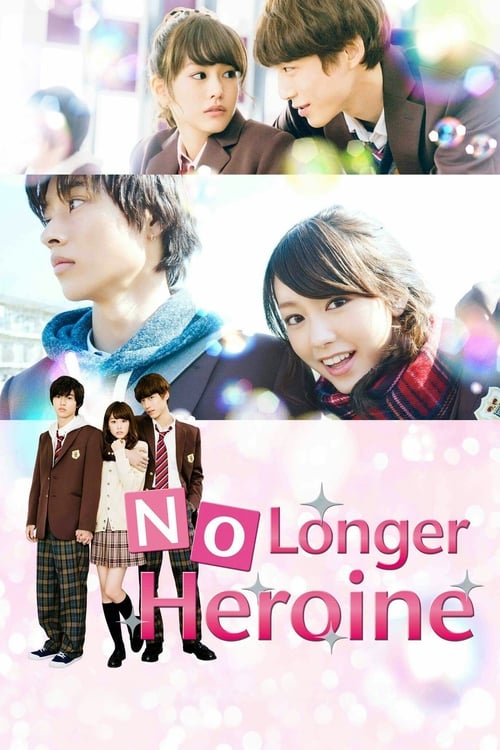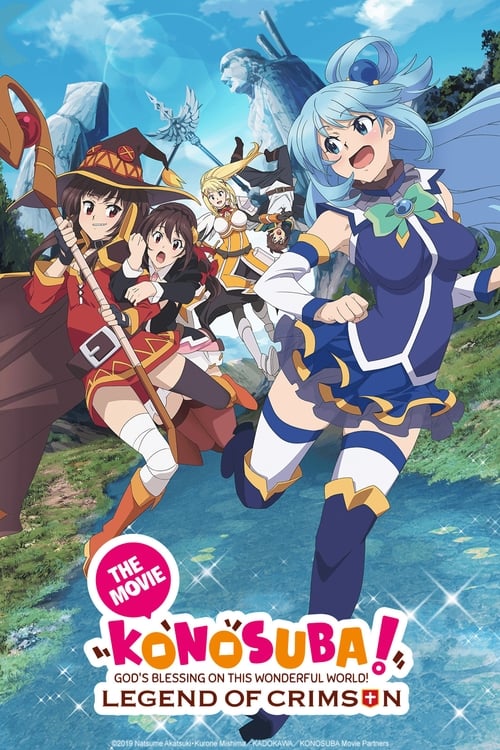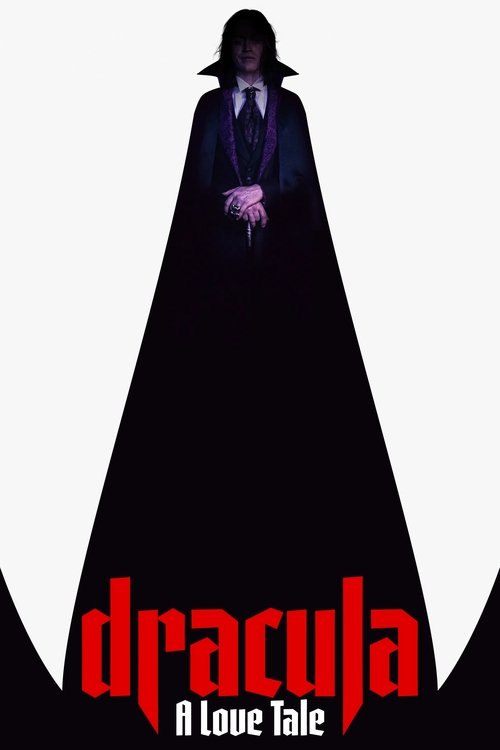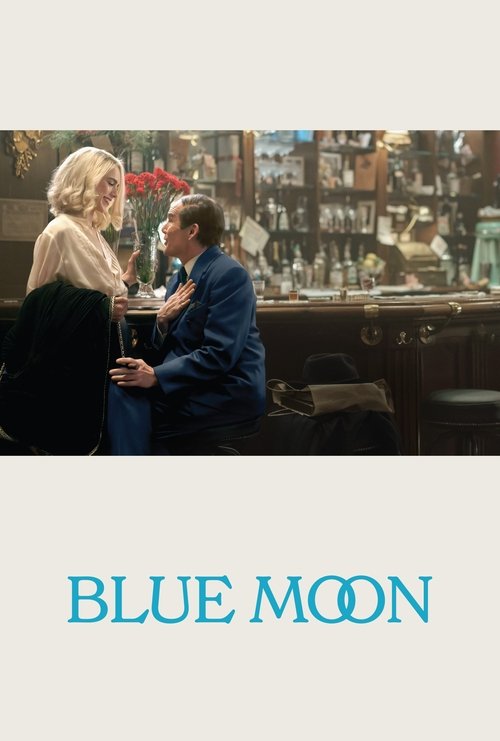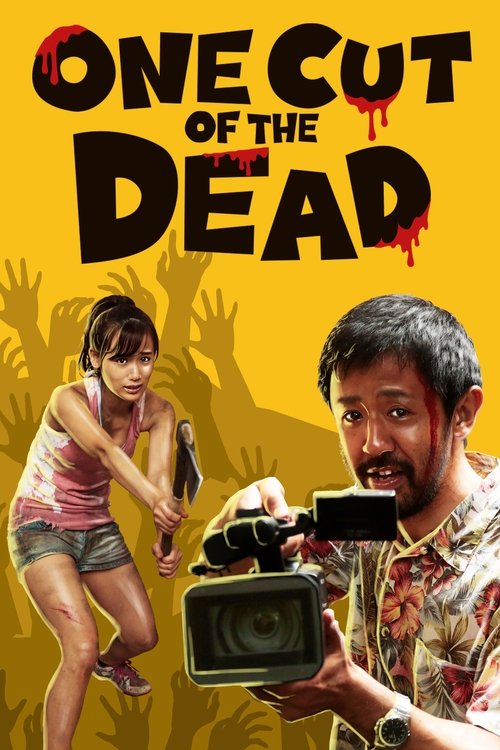
Ask Your Own Question
What is the plot?
More Movies Like This
Browse All Movies →
What is the ending?
In the ending of "Judo Boys," the main characters face their final challenges in a judo competition. The climax revolves around their personal growth and the bonds they have formed. Ultimately, they learn valuable lessons about friendship, perseverance, and the spirit of judo. The film concludes with a sense of accomplishment and unity among the boys, as they celebrate their journey together.
As the final scenes unfold, the atmosphere is charged with anticipation. The judo dojo is filled with the sounds of mats being slapped and the murmurs of spectators. The camera pans over the faces of the boys, each reflecting a mix of determination and anxiety. They have trained hard, and now it is time to put their skills to the test.
The first match features one of the main characters, Hiro, who steps onto the mat with a fierce look of concentration. His opponent is equally skilled, and the two engage in a tense exchange of throws and counters. As the match progresses, Hiro recalls the lessons taught by his sensei, focusing on balance and technique. The crowd cheers, and Hiro's internal struggle is palpable; he wants to win, but he also wants to honor the spirit of judo. In a climactic moment, he executes a perfect throw, winning the match. The joy on his face is evident, but it is tempered by the realization that this victory is just one part of a larger journey.
Next, we see Kenji, who has always been the underdog. His match is against a more experienced opponent, and the odds seem stacked against him. As he steps onto the mat, doubt creeps in, but he remembers the support of his friends and the encouragement from his coach. The match is intense, with Kenji struggling to find his footing. However, he digs deep, channeling his fears into determination. In a surprising turn, he manages to outmaneuver his opponent, securing a victory that leaves the audience in awe. Kenji's triumph is not just about winning; it symbolizes his growth and newfound confidence.
The final match features the team's leader, Taro, who faces a rival he has long wanted to defeat. The tension is thick as the two boys square off, each knowing the stakes are high. Taro fights with all his might, but the match is grueling. He experiences moments of doubt, questioning whether he can truly overcome his rival. However, as he recalls the camaraderie and support of his friends, he finds renewed strength. In a breathtaking moment, Taro executes a series of moves that culminate in a decisive victory. The crowd erupts in applause, and Taro's expression shifts from exhaustion to elation, realizing that he has not only won the match but has also solidified his role as a leader among his peers.
As the competition concludes, the boys gather together, their faces flushed with excitement and relief. They embrace, celebrating their victories and the bonds they have forged through their shared experiences. The sense of unity is palpable, and they reflect on how far they have come, both as judo practitioners and as friends. The film closes with a shot of the boys walking out of the dojo together, laughter echoing in the air, symbolizing their journey and the lessons learned along the way.
In the end, Hiro, Kenji, and Taro each emerge not only as better judo players but as individuals who have grown through their struggles. They have learned the importance of teamwork, resilience, and the true spirit of judo, which transcends mere competition. The film leaves the audience with a sense of hope and inspiration, highlighting the transformative power of friendship and perseverance.
Is there a post-credit scene?
In the movie "Judo Boys," there is indeed a post-credit scene that adds a humorous twist to the film's conclusion. After the credits roll, the scene opens in a dojo where the main characters, a group of young judo practitioners, are seen engaging in a light-hearted sparring session. The atmosphere is filled with laughter and playful banter as they showcase their skills, demonstrating the camaraderie that has developed throughout their journey.
As the camera pans, it focuses on one of the boys, who is attempting a complicated throw but ends up tumbling awkwardly to the mat. The others burst into laughter, and he playfully feigns injury, dramatically clutching his side. This moment encapsulates the spirit of friendship and the joy of learning, reinforcing the film's themes of perseverance and teamwork.
The scene concludes with the boys gathering around their sensei, who offers them words of encouragement, reminding them that every fall is a step towards improvement. The screen fades to black, leaving the audience with a warm sense of closure and a reminder of the bonds formed through their shared experiences in judo.
What specific events lead to the climax of the film?
The climax of the film is reached during a high-stakes judo competition where the main characters must confront their fears and insecurities. Key events leading up to this moment include intense training sessions, personal conflicts among the team members, and a pivotal moment where one character must decide whether to compete despite an injury.
How does the relationship between the main characters evolve throughout the film?
The relationship between the main characters evolves from initial rivalry and competition to a deep bond of friendship and camaraderie. As they train together and face various obstacles, they learn to support each other, share their fears, and celebrate their victories, ultimately forming a tight-knit team.
What challenges do the main characters face in their judo training?
The main characters, a group of young judo enthusiasts, face numerous challenges in their training, including physical injuries, the pressure of competition, and the struggle to balance their personal lives with their dedication to the sport. Each character deals with these challenges differently, showcasing their growth and resilience.
What role does the coach play in the development of the characters?
The coach serves as a mentor and father figure to the young judo practitioners, guiding them not only in their techniques but also in their personal growth. He challenges them to push their limits, instills discipline, and teaches them valuable life lessons about perseverance and teamwork.
How do the characters' backgrounds influence their approach to judo?
Each character's background significantly influences their approach to judo. For instance, one character comes from a family with a history of martial arts, which instills a sense of pride and responsibility. Another character struggles with self-doubt stemming from past failures, affecting their confidence in matches. These backgrounds shape their motivations and interactions within the team.
Is this family friendly?
"Judo Boys," produced in 2017, is generally considered family-friendly, but it does contain some elements that may be sensitive for younger viewers or those who are particularly sensitive. Here are a few aspects to consider:
-
Physical Conflict: The film revolves around judo, which involves grappling and throws. While the sport is portrayed in a positive light, there are scenes of physical confrontation that may be intense for some children.
-
Emotional Struggles: Characters face personal challenges and emotional turmoil, including themes of rivalry, disappointment, and the pressure to succeed. These moments may resonate deeply and could be upsetting for sensitive viewers.
-
Bullying: There are instances of bullying and peer pressure among the characters, which could be distressing for younger audiences or those who have experienced similar situations.
-
Family Dynamics: Some scenes explore complex family relationships and conflicts, which may evoke strong emotions and could be challenging for younger viewers to process.
Overall, while "Judo Boys" promotes positive messages about perseverance, teamwork, and friendship, parents may want to consider these elements when deciding if it is suitable for their children.

